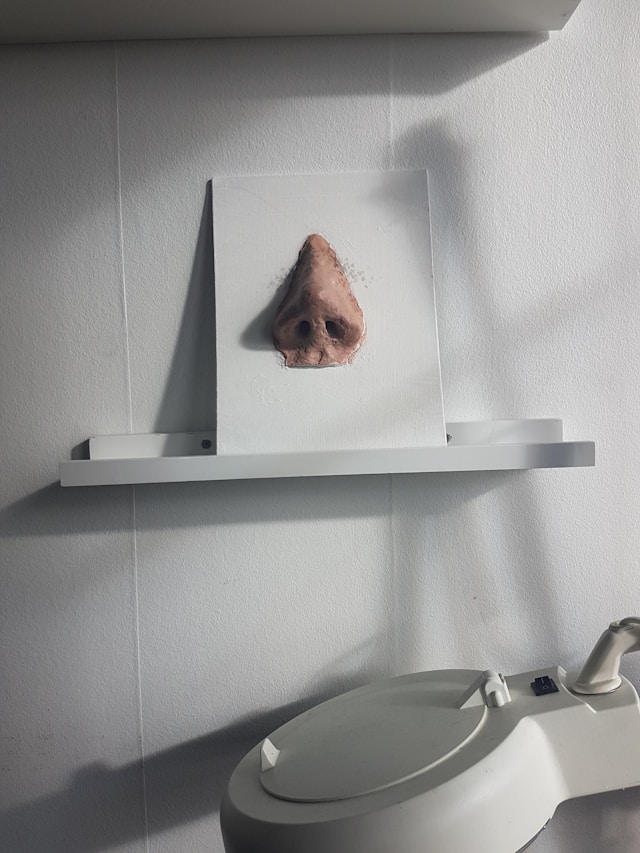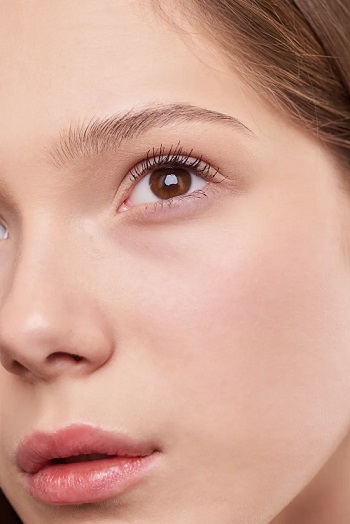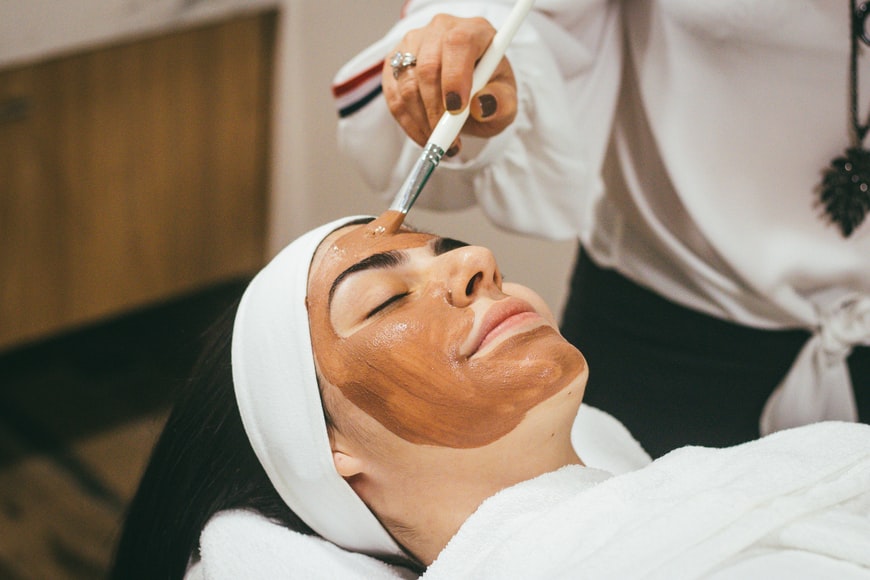According to the American Society of Plastic Surgeons, nearly 214,000 individuals chose rhinoplasty in 2018 alone. This statistic reflects the ongoing interest and underscores the widespread myths that deter or confuse potential patients. Despite its popularity, numerous misconceptions cloud the understanding of many considering this surgery.
This article aims to clear the air by debunking some of the common misconceptions about rhinoplasty. Knowing the truth can make decisions more informed and less influenced by common but incorrect assumptions. So, keep on reading to the end!
Misconception 1: Rhinoplasty is Purely Cosmetic
Many believe that this treatment is performed solely to enhance aesthetic appeal. However, the reality is more complex. This procedure alters the nose’s appearance and can correct medical issues.
For instance, nose surgery can improve breathing difficulties by fixing a deviated septum, a common problem where the nasal passage is displaced, making breathing challenging. This correction can significantly enhance life quality, proving that rhinoplasty serves more than just cosmetic purposes.
Misconception 2: Results Look Unnatural
Many people fear ending up with a ‘fake’ or ‘plastic’ look, which discourages them from opting for rhinoplasty. Skilled surgeons, however, aim to create a natural appearance that complements the patient’s facial features.
The goal is to refine the nose to fit naturally with the rest of the face. Modern techniques and advancements in the field allow surgeons to achieve subtle and enhancing results, proving that a well-done rhinoplasty can look natural.
Misconception 3: The Recovery Process is Extremely Long and Painful
Another widespread myth is that rhinoplasty involves a painful recovery and long downtime. While it’s true that the procedure requires a period of rest, the pain is generally manageable with prescribed medications.
Most patients experience discomfort rather than severe pain. Swelling and bruising are common but typically subside within a couple of weeks. Many return to work and other daily activities shortly thereafter, indicating that the recovery might not be as daunting as presumed.
Misconception 4: Only for Younger People
Some assume rhinoplasty is restricted to a younger demographic. However, there is no age limit for having a nose job; what matters more is general health and realistic expectations.
Older adults often undergo rhinoplasty to rejuvenate their features or improve breathing. As long as the individual is in good health, age should not be a deterrent. This dispels the myth that rhinoplasty is only for the young, opening up possibilities for many who thought they were past the suitable age.
Misconception 5: It is a Risk-Free Procedure
While it is generally safe, like any surgery, it carries certain risks. It is crucial to have realistic expectations and understand potential complications, such as infection, bleeding, or dissatisfaction with aesthetic outcomes.
Make sure you choose a qualified, experienced surgeon who can greatly minimize these risks. Patients should thoroughly discuss their concerns and expectations with their surgeon before deciding on surgery, ensuring both parties are aligned and understand the potential challenges and outcomes.
Misconception 6: It Will Solve All My Facial Imbalance Issues
This procedure can definitely create harmony, but it’s not the ultimate solution for every imbalance. Your nose is just one piece of the puzzle; other features like cheekbones, jawline, and eyes also contribute to the overall picture.
You might get some improvement, but true balance requires addressing all the components. So, if you have broader concerns about facial symmetry, chat with your surgeon about other potential procedures. They can help you create a comprehensive plan to achieve your desired look.
Misconception 7: A Non-Surgical Rhinoplasty is the Same as a Surgical Rhinoplasty
Many people think a non-surgical rhinoplasty, often referred to as a “liquid nose job,” is interchangeable with traditional surgical rhinoplasty, but this isn’t the case. Non-surgical rhinoplasty involves the injection of dermal fillers into the nose to alter its shape. This procedure is temporary, typically lasting 6 to 18 months, and is primarily suited for minor adjustments, such as smoothing out small bumps or making slight alterations to the nasal tip.
In contrast, a surgical one is a permanent solution that involves modifying the bone and cartilage of the nose. This type of surgery can make significant changes to the nose’s size, shape, and function. It can address larger structural issues, improve breathing, and drastically change the nose’s appearance.
Understanding these distinctions is crucial for setting realistic expectations and making informed decisions about the best option for your needs.
Last Words
By debunking these common misconceptions, we hope you’re equipped with the knowledge to make an informed choice. Remember, clear communication with a qualified surgeon is key. Don’t hesitate to ask questions and voice your concerns. Ultimately, the goal is to achieve a result that enhances your confidence and well-being, both inside and out.




